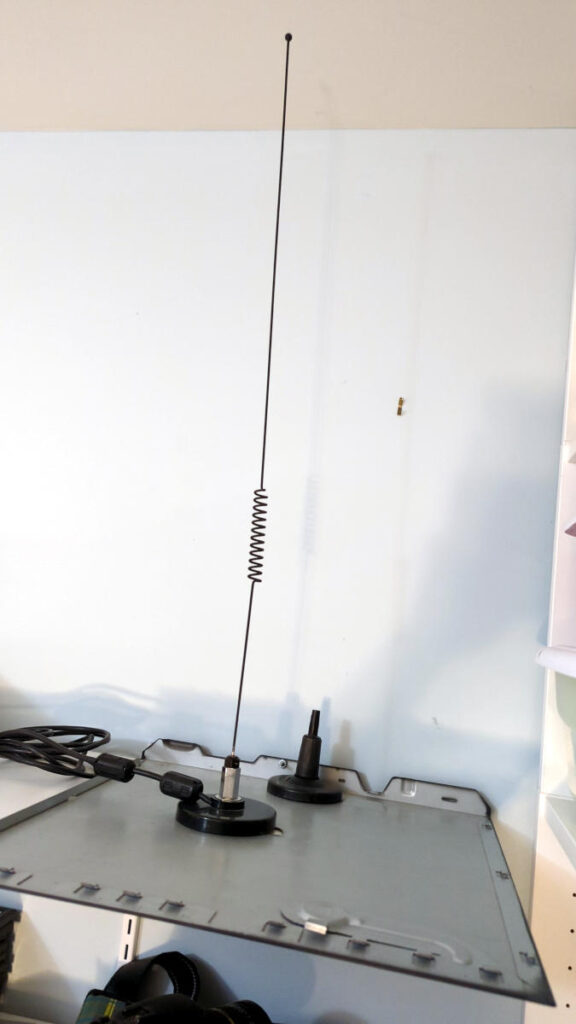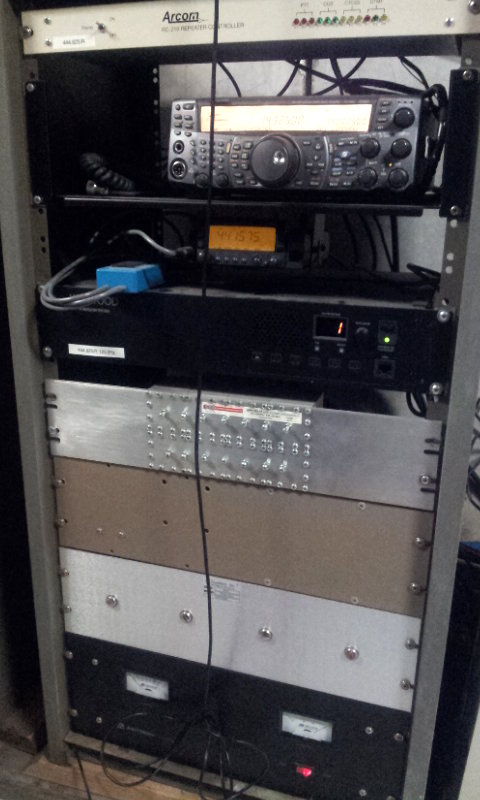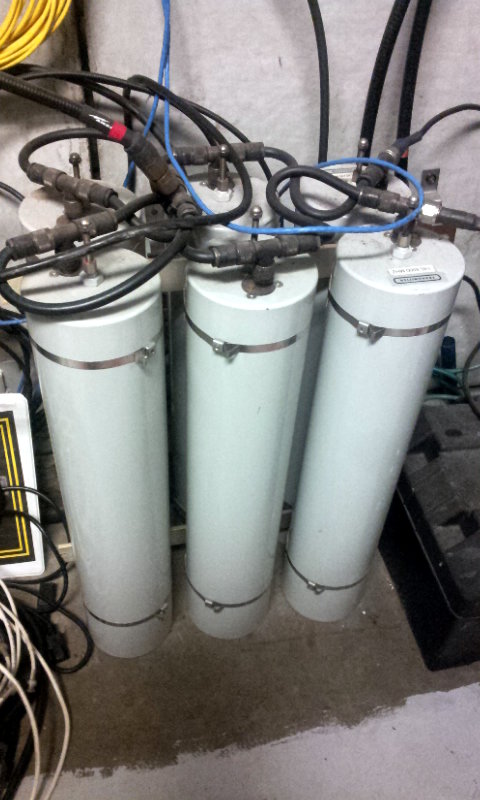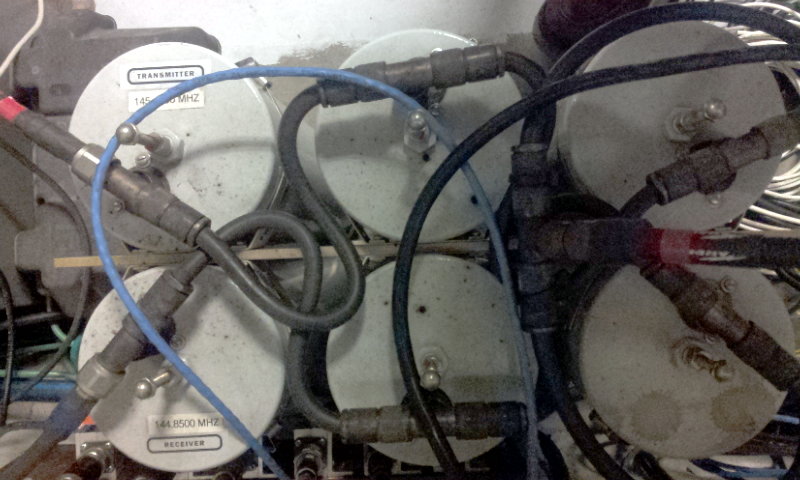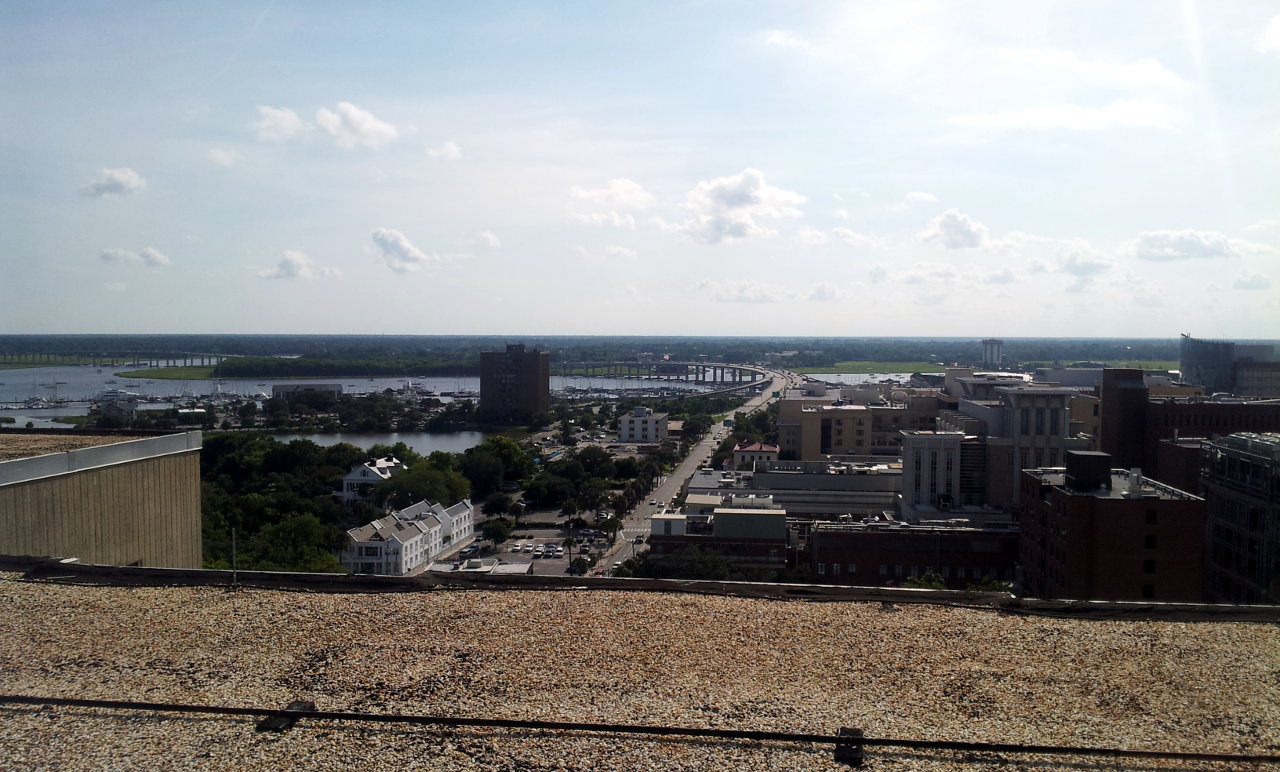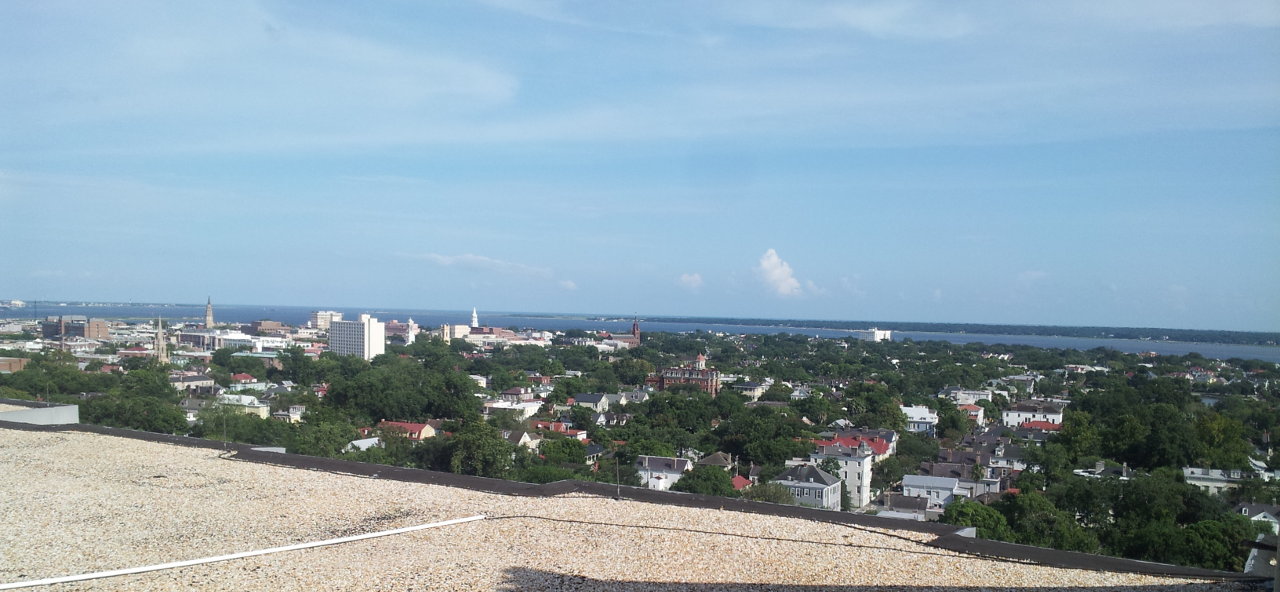It’s pretty easy to listen to the amateur radio repeater on the International Space Station (ISS) with a very modest set up. Transmitting and making contacts using the repeater is a little more complex, but not too much.
The ISS repeater downlink (what the repeater transmits on and what we listen to) is 437.800 MHz. Because the ISS is moving across the sky at a pretty good clip, the listening frequency needs to be changed as the ISS goes by to account for Doppler shift. At the start of the pass, because the ISS is moving toward you, the listening frequency needs to be a bit higher, 437.810 MHz. As the ISS goes past, it’s moving away from you so the listening frequency goes down. By the end of the pass, you’re listening at 437.790 MHz.
ISS Downlink frequencies
A table of frequencies to listen to for the ISS repeater downlink| Frequency (MHz) | |
|---|---|
| Start of pass | 437.810 |
| 437.805 | |
| Mid pass | 437.800 |
| 437.795 | |
| End of pass | 437.790 |
If you program these frequencies into your radio’s memory, it’s easy to step through frequencies during the pass.
My set up is pretty simple. The radio is a Yaesu FTM-3207D, but any radio that can receive on the 70 cm band will probably work. The antenna is a simple dual band mag mount on a side panel from an old computer case that serves as a probably somewhat inadequate ground plane. All of it is about 2m above the ground on a shelf.
It’s a pretty simple setup, and I’m kind of surprised it even works. Your mileage may vary depending on your local RF environment. My shack/office is full of electronics and can be a bit on the RF noisy side, but I have no problem hearing repeater activity during ISS passes.
I have the radio set to 437.810 MHz (start of the pass) and when the radio picks up the ISS repeater, there’s suddenly a bunch of activity on the radio. When reception gets static-y, I switch over to the next frequency.
This would probably work for listening to other satellites with FM repeaters, although I haven’t tried that yet.
